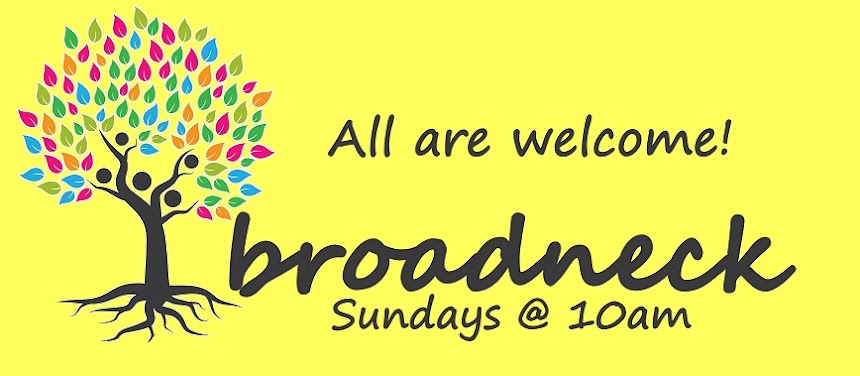For some reason, the liturgical calendar which we follow in our year together as a church and which shapes the lectionary of scripture readings we follow designates the Sunday after Pentecost each year as "Trinity Sunday." It's the one and only day that celebrates not a particular person or scriptural event, but a doctrine of the church--for, though the three-fold phrase of "Father, Son, and Holy Spirit" does show up occasionally in scripture (our New Testament readings for today being the case in point), the actual word "Trinity" never does--it's a term that did not come into mainstream Christian use until late in the 4th century. It emerged from a series of arguments among early theologians as to how we can understand God the Father/Creator/Almighty, Jesus, and now the Holy Spirit given to the church at Pentecost as all being the same God. The answer, which was given to me in seminary in the form of this nifty diagram, is this:
 Well...that clears is all up, now doesn't it?
Well...that clears is all up, now doesn't it?Any time I try to explain or, in this case, diagram the Trinity, my head wants to explode. My greatest fear, when I met with my ordination council that was going to examine me to see if I was ready to be an ordained minister, was that they would ask me something like, "How would you explain the Trinity to children?" I spent the whole day before my ordination council pouring over my notes from my Church History and Theology classes in case this question came up, trying to come up with a simple answer, with some insight into this mystifying diagram which somehow left me cold, and came to only one conclusion: I can't explain the Trinity to myself, let alone to others.
And maybe that's the point. Maybe this Trinity Sunday is here not to take us back to fourth century controversies, but to help us encounter the present-day God as expansive, multifaceted, and utterly unexplainable. To encounter God as One (or Three-in-One) who is always shifting, always moving, yet always present.
A diagram--well, depiction--of the Trinity that I've come to like a lot more than the one I was given in seminary is this one, painted by Jan Richardson, which will also grace our bulletin cover on Sunday:

I love this image--one of touching, of movement, of wholeness, of invitation, of equality yet distinctiveness. It's an image of the Trinity that comes from the Celtic tradition, and Richardson speaks of it this way: "In the Celtic triple spiral, there is a space where the three spirals connect. It is both a place of meeting and of sheer mystery. Its vast, vibrant emptiness reminds me that, in this life, we will never know all the names of God. Even as the Trinity evokes, it conceals. We will never exhaust the images we use to describe the One who holds us and sends us, who enfolds us and impels us in our eternal turning."
The Trinity may be something I don't particularly want to attempt preaching on; and who knows, the word Trinity may not actually show up a lot in my sermon on Sunday. But I hope that, not just on this Sunday but on every Sunday, this sort of Trinitarian God will, indeed, be present to us: a God of evoking, concealing, inexhaustible mystery, a God who "holds us and sends us, who enfolds us and impels us." Join me as we place ourselves amidst this spiraling sweep of our God this Sunday.

No comments:
Post a Comment